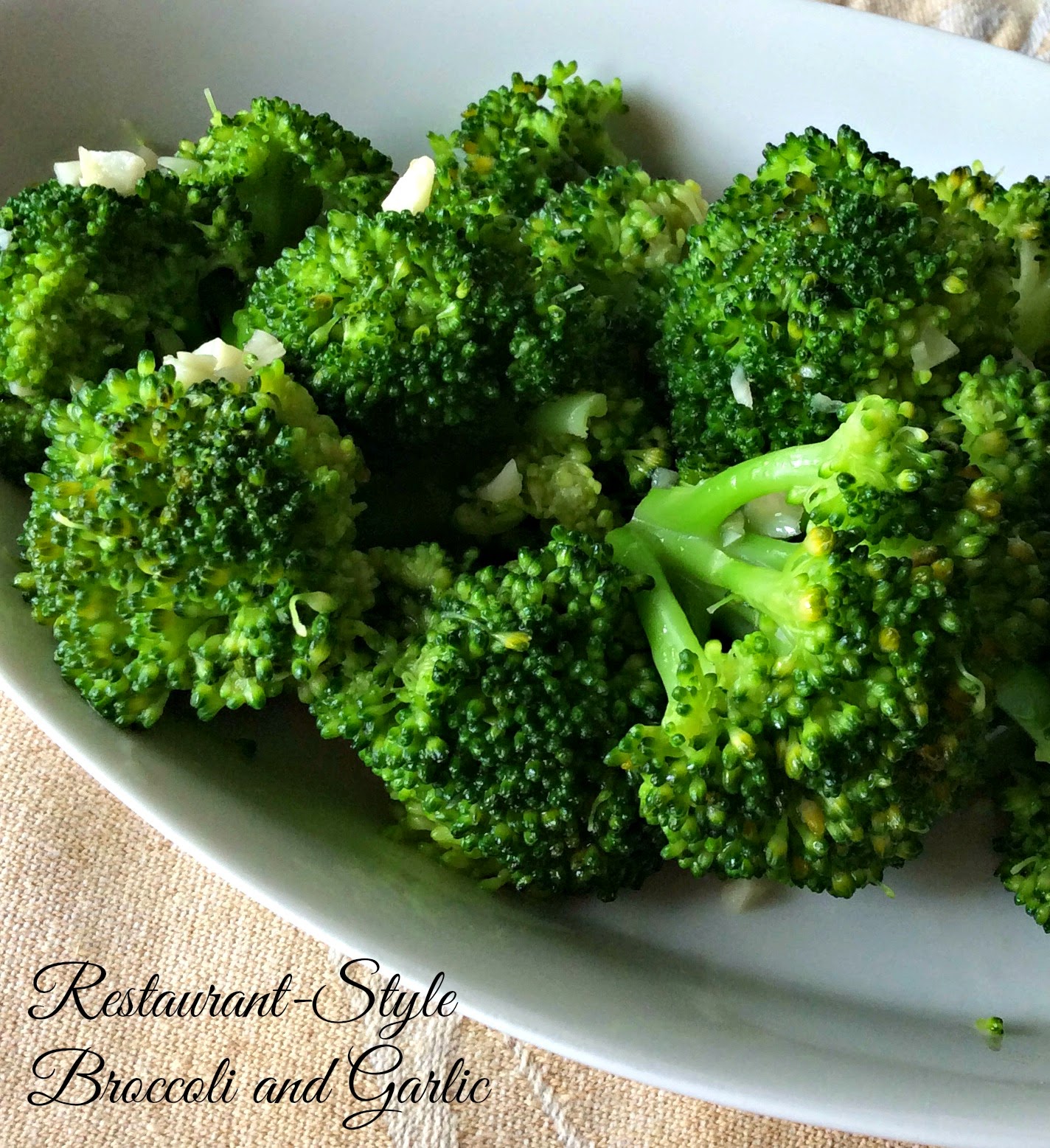The Value of the Mushroom
I did a lot of research on mushrooms via the internet. There is so much information out there about the origins, species, and the health benefits of mushrooms. My initial query was not entirely about nutritional value so much as I was curious about poisonous versus edible. Since mushrooms date back to the ancient Egyptians nearly 4600 years ago, I wondered how they discovered which were edible and which were not. Do we assume that some Pharaoh King made some poor Egyptian slave eat them and if they lived they knew they were edible; and, well I think you know where I am going with this: if they died, obviously they were poisonous?
Whatever the path that continued from there I am glad that I have mushrooms in my life. I wonder about the people who may have died in the process of distinguishing the fungus (good mushrooms) from toadstool (poisonous) and hold them in the highest regard. Of course scientists played a major role in discovery and differentiation as well as figuring out the nutritional properties of mushrooms. I always knew they were tasty and succulent and I knew they came from the kingdom fungi but I clearly did not have a clue about the nutritional properties.
Mushrooms are fat-free, cholesterol-free and low in sodium. They are high in potassium. Potassium aids in the maintenance of normal fluids to help control blood pressure. Mushrooms are high in niacin which helps our digestive and nervous systems to function properly. Also, mushrooms are high in Vitamin D and the B vitamins that aid in providing energy to our bodies. Mushrooms are rich in riboflavin which helps to maintain healthy levels of red blood cells. WOW – mushrooms pack a big punch in the healthy for you category.
Mushrooms are cultivated in at least 60 countries world wide. The United States is in the top five for producers of cultivated mushrooms. Cooking with mushrooms is essential in many cuisines. One of my favorite mushrooms to cook with is the brown Crimini mushroom, aka baby bellas. When the Crimini mushroom is fully grown it is called a Portobello mushroom – sometimes spelled portobella. In Northern Italy it is called “cappelone” which translates to “big hat” and translated to English spelling it is Portobello. But however you spell it these mushrooms have a nice earthy smell and meaty texture.
Due to the fact that mushrooms are like sponges and absorb liquid, you never want to wash a mushroom prior to cooking or storing. The longer you cook mushrooms the firmer the texture. You can sauté, grill, braise, bake or roast mushrooms. If you are sautéing mushrooms and want that firmer texture, do not salt during the cooking process. Adding salt will draw out moisture. Add the salt at the end of the cooking time. If you overcook mushrooms you may end up with a rubbery texture. So in pan sautéing – cook them on medium high or high heat and cook them quickly. If you grill mushrooms, such as the Portobello, grill them for 5-6 minutes if you want that firmer texture, longer for a softer mushroom.
The beauty of the Portobello is that you can remove the dark inner gills of the mushroom and fill them with anything. All you need is a little creativity and you can have a meal unto itself. Before I allowed myself the pleasure of trying the Crimini mushrooms, I only cooked with the white button mushrooms. So now, unless a recipe specifically calls for white button mushrooms to pull off the dish, I use Crimini. Cooking with mushrooms is essential in a lot of the dishes and pan sauces that I make.









Comments
Post a Comment